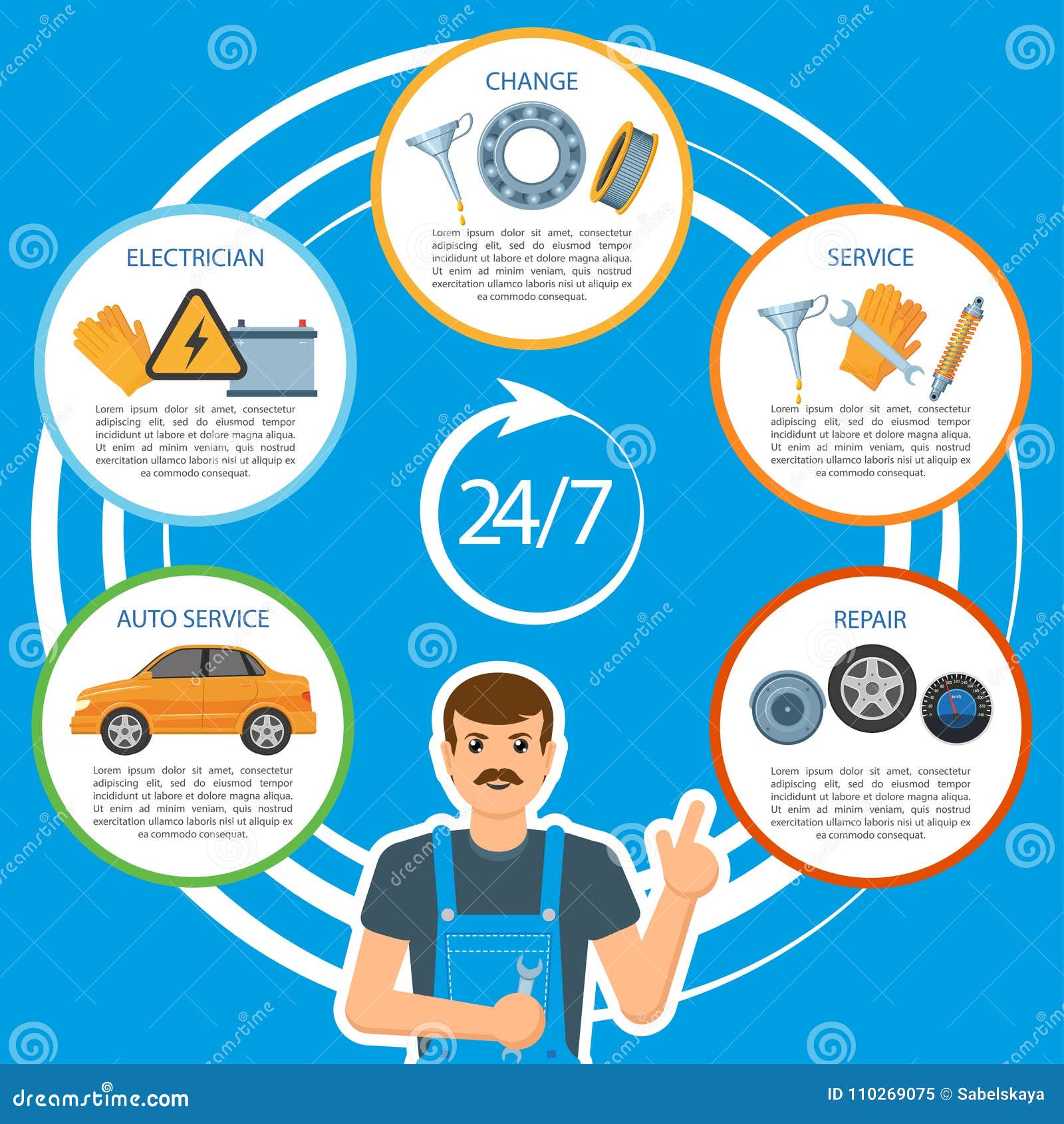Seeking Quality On The Warning Lights Showed On Your Automobile'S Control Panel? Learn Just How They Associate With Your Vehicle'S Health And Safety
Seeking Quality On The Warning Lights Showed On Your Automobile'S Control Panel? Learn Just How They Associate With Your Vehicle'S Health And Safety
Blog Article
Material Author-Higgins Corbett
When you lag the wheel, those glowing warning lights on your dashboard can be a little bit difficult. Do you understand what they're trying to inform you regarding your auto's health and wellness? Comprehending the importance of these lights is crucial for your security and the durability of your vehicle. So, the next time among those lights turns up, would not you intend to decipher its message properly and take the essential actions to resolve it?
Common Warning Lights and Interpretations
Recognize typical caution lights in your car and recognize their definitions to guarantee secure driving.
The most typical caution lights include the check engine light, which signals problems with the engine or exhausts system. If this light begins, it's crucial to have your car examined immediately.
The oil pressure cautioning light suggests reduced oil pressure, needing prompt attention to stop engine damage.
A blinking battery light may recommend a malfunctioning billing system, possibly leaving you stranded if not attended to.
The tire pressure surveillance system (TPMS) light alerts you to reduced tire stress, affecting car security and fuel performance. Ignoring this could result in unsafe driving problems.
The abdominal light suggests a problem with the anti-lock braking system, endangering your capacity to stop rapidly in emergencies.
Last but not least, the coolant temperature cautioning light warns of engine getting too hot, which can lead to severe damage otherwise dealt with swiftly.
Recognizing these common caution lights will aid you deal with issues without delay and maintain safe driving conditions.
Relevance of Prompt Focus
Comprehending the common warning lights in your cars and truck is just the first step; the significance of without delay resolving these cautions can not be stressed enough to guarantee your safety when traveling.
When a caution light illuminates on your control panel, it's your automobile's means of interacting a potential problem that needs focus. Overlooking visit the up coming internet page can lead to more extreme problems later on, compromising your safety and security and possibly costing you extra in repairs.
Motivate focus to warning lights can stop break downs and mishaps. As an example, a flashing check engine light can show a misfire that, if left unattended, can trigger damages to the catalytic converter. Resolving this immediately can conserve you from a pricey fixing.
Similarly, a brake system warning light might signify reduced brake liquid or worn brake pads, vital parts for your safety when driving.
Do It Yourself Troubleshooting Tips
If you notice a warning light on your dashboard, there are a couple of do it yourself troubleshooting ideas you can attempt before seeking expert assistance.
The very first step is to consult your car's handbook to recognize what the certain warning light shows. In some cases the problem can be as basic as a loosened gas cap causing the check engine light. Tightening up the gas cap may settle the trouble.
One more typical issue is a low battery, which can trigger various advising lights. Examining the battery links for rust and guaranteeing they're protected could fix the trouble.
If a caution light lingers, you can try resetting it by separating the car's battery for a couple of mins and after that reconnecting it. In addition, inspecting your vehicle's liquid levels, such as oil, coolant, and brake liquid, can assist fix advising lights associated with these systems.
car washinh
To conclude, comprehending your car's caution lights is essential for maintaining your vehicle running efficiently and safely. By quickly addressing these signals and recognizing what they indicate, you can avoid expensive fixings and possible failures.
Remember to consult your automobile's guidebook for specific details on each warning light and act as necessary to make certain a trouble-free driving experience.
Stay informed, remain safe on the road!
